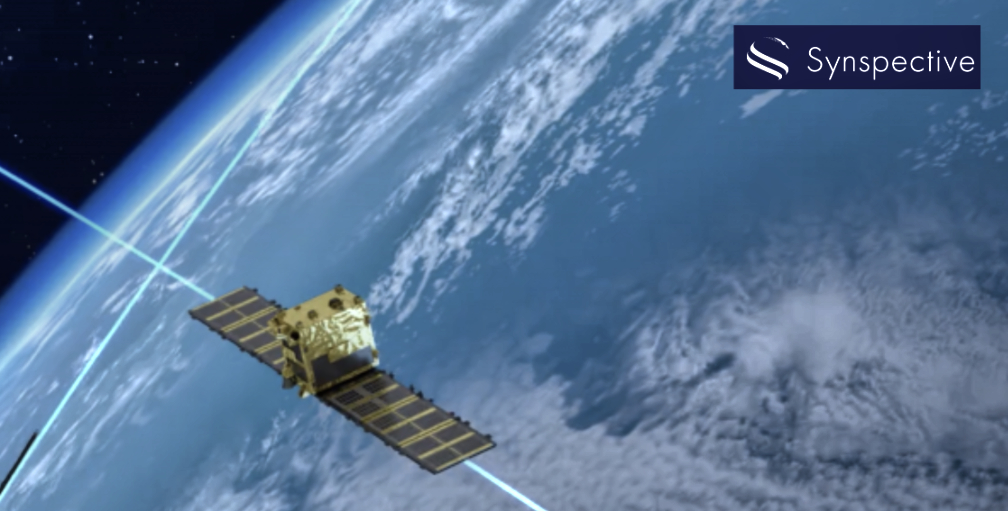
Rocket Lab USA, Inc. (Nasdaq: RKLB) has signed a deal with Synspective to launch two, dedicated, Electron missions — these new missions bring the total number of Electron launches contracted by Synspective to six in number.

Rocket Lab has been launching for Synspective since 2020 when the Company deployed the first satellite in their synthetic aperture radar (SAR) constellation that is designed to deliver imagery that can detect millimeter-level changes to the Earth’s surface from space. Since that first mission, Rocket Lab has been the sole launch provider for Synspective’s StriX constellation to date, successfully deploying three StriX satellites across three dedicated Electron launches.

Including the two new missions, Rocket Lab is now scheduled to launch three missions for Synspective beginning in late 2023 from Launch Complex 1 in New Zealand.

In addition to providing Synspective with a high degree over schedule and orbit by flying as a dedicated mission, Rocket Lab also delivers the unique ability to perform an advanced mid-mission maneuver with the Electron rocket’s Kick Stage to shield the StriX satellite from the sun to reduce radiation exposure ahead of payload deployment.
Synspective joins several commercial constellation operators that have signed multi-launch agreements on Electron this year, including HawkEye 360 and Capella Space.
“It’s an honor to be entrusted with the continued deployment of Synspective’s constellation. We’re proud to enable them to build out their constellation with precision and efficiency, giving Synspective ultimate schedule and orbit flexibility with frequent dedicated launch opportunities. We’re delighted to continue delivering this unique ability to Synspective through our continued partnership.” — Peter Beck, Founder and CEO, Rocket Lab
“As we celebrate our three-year partnership with Rocket Lab, which began with our first StriX-α satellite in 2020, we are thrilled to entrust them with two more contracts for our StriX satellite launches. Their unwavering reliability and precision have been pivotal to our successful deployments. We’re looking forward to the upcoming launches and the new insights to enhance our satellite data and solution service in line with our customer needs.” — Dr. Motoyuki Arai, Founder and CEO, Synspective
Also from Rocket Lab — the company’s next scheduled mission — Baby Come Back — is scheduled for liftoff on July 17th at 11:30, NZST (July 16th at 23:30, UTC)… this is the company’s 39th Electron mission.

The rocket will deploy seven satellites to space and will also include an attempt to recover the rocket’s first stage after it splashes down in the ocean.The launch will occur from Pad B at Launch Complex 1 in Mahia, New Zealand.
This is a rideshare mission and will carry satellites for multiple customers that include…
- NASA
NASA’s Starling mission is a four CubeSat mission designed to test technologies to enable future “swarm” missions. Spacecraft swarms refer to multiple spacecraft autonomously coordinating their activities to achieve certain goals. Starling will demonstrate technologies for in-space network communications, onboard relative navigation between spacecraft, autonomous maneuver planning, and execution, and distributed spacecraft autonomy – an experiment for small spacecraft to autonomously react to observations, paving the way for future science missions.
- Space Flight Laboratory (SFL)
Space Flight Laboratory (SFL) selected Rocket Lab to launch Telesat’s LEO 3 demonstration satellite that will provide continuity for customer and ecosystem vendor testing campaigns following the decommissioning of Telesat’s Phase 1 LEO satellite.
- Spire Global
Spire will launch two 3U satellites carrying Global Navigation Satellite System Radio Occultation (GNSS-RO) payloads to replenish its fully deployed constellation of more than 100 multipurpose satellites. Spire’s satellites observe the Earth in real time using radio frequency technology. The data acquired by Spire’s GNSS-RO payloads provide global weather intelligence that can be assimilated into weather models to improve the accuracy of forecasts. Spire is the largest producer of GNSS-RO weather data, collecting over 20,000 RO profiles a day.

